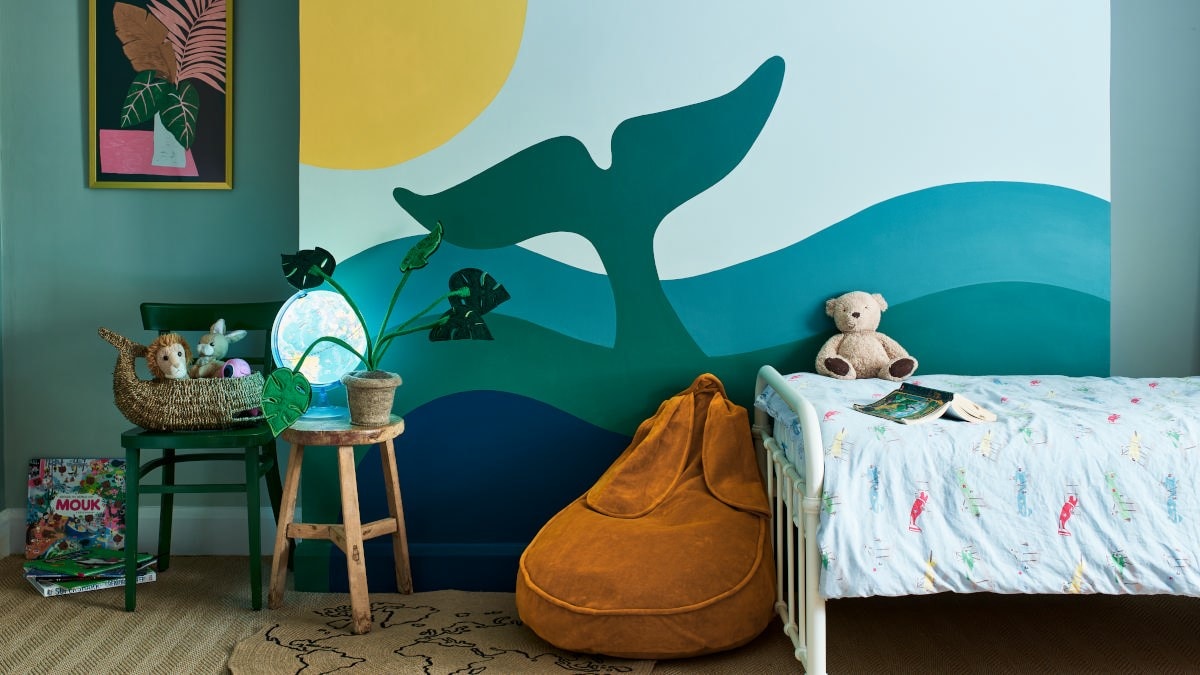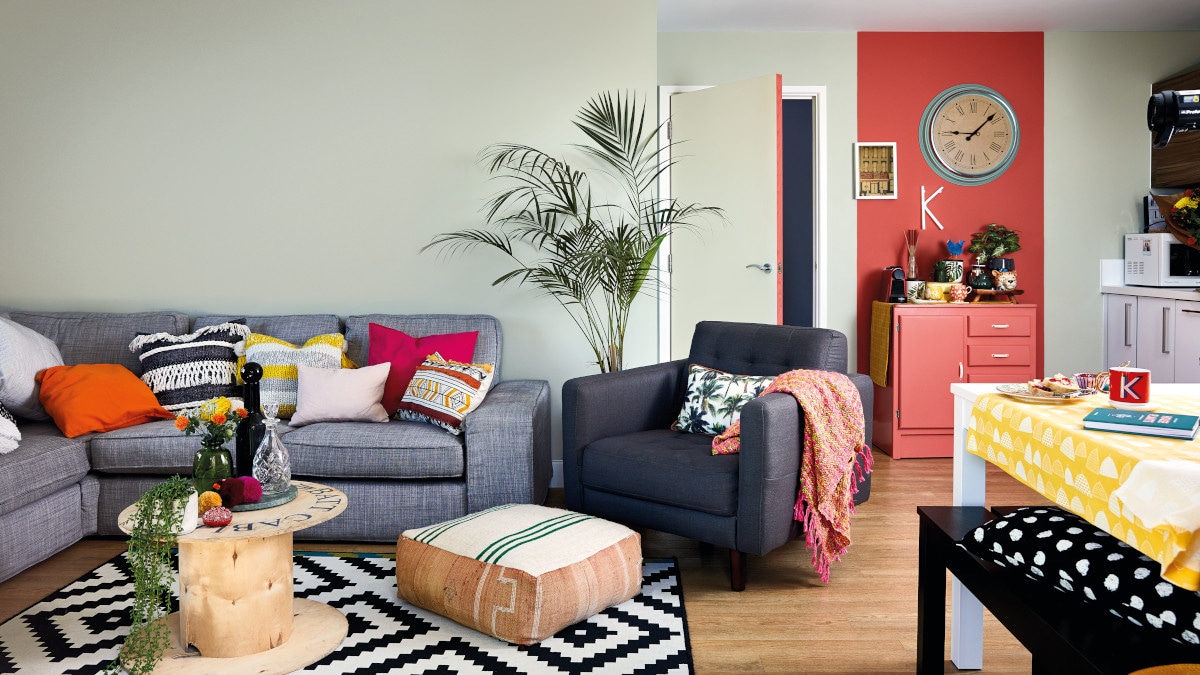Primary colours are red, blue and yellow, and are pure, which means you can’t create them from other colours, while all other colours are created from them. When mixed together, they make secondary colours, comprising orange, green and violet. These appear between the primaries on the wheel because they are formed when equal parts of them are combined (clever, right?). Tertiary colours, found between the primary and secondary colours on the wheel, are created when blending a primary colour with a secondary colour that’s next to them, the resulting hues becoming less vivid.
Now you understand what kind of colours appear on the wheel, and how they’re formed, you can start planning a scheme. There are three simple ways to combine shades: harmonious, tonal and contrasting.








